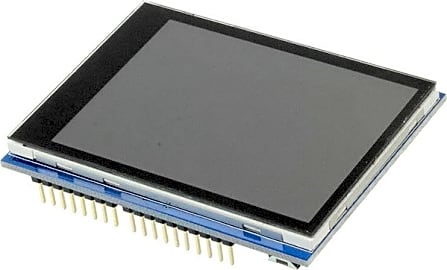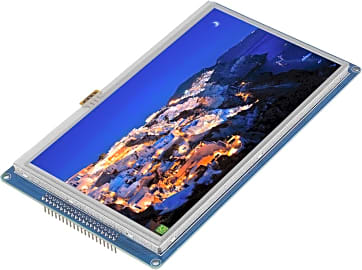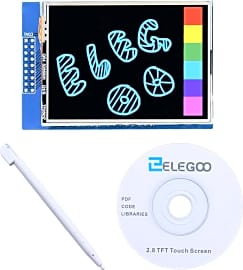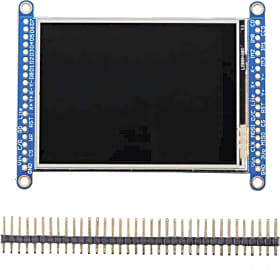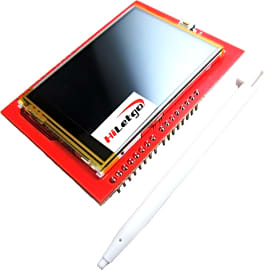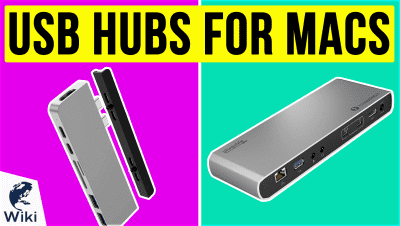The 8 Best Touchscreens For Arduino

This wiki has been updated 24 times since it was first published in January of 2019. The most basic of popular DIY computer systems, Arduino is an open-source medium for budding engineers of varying skill levels. Its easy-to-use hardware and software provides a relatively straightforward platform for building a simple microcontroller, and a good touchscreen is often a necessary component. Here are some of the most refined, functional, and affordable displays on the market. When users buy our independently chosen editorial choices, we may earn commissions to help fund the Wiki.
Editor's Notes
March 15, 2021:
Arduino and the various, similar single-board computers are awfully simple by nature, at least as electronics go. For that reason, we don't have any new contenders to report, as our current list covers just about all the sizes and price ranges common to projects on these versatile and educational platforms.
We still recommend the Nextion K035 Enhanced as the best for most users, due not only to its reliable LCD panel, but also the hardware inside, which is superior to most other models. The Kuman SC3A-1, on the other hand, is less full-featured but also costs notably less. The Adafruit 1947 is one with a bit of a reputation as a high-performing, lost-lasting touch screen, and the Walfront 7-Inch is one of the better large-format options around.
March 23, 2019:
Arduino is an immensely interesting platform, and is a great way to create custom electronic controllers for a huge range of purposes. It's also an excellent way for young people and other beginner engineers to get into the field. Because it's so small and simple, low prices are somewhat of a hallmark of the category. The Nextion Enhanced models are packed with the most advanced features, and for full functionality, they're the way to go, though they aren't always the cheapest. Nonetheless, the 2.8- and 3.2- inch versions are great selections. For basic and more low-budget purposes, check out the Kuman, Elegoo, and HiLetGo, which are all designed to plug directly into the smallest Arduino boards. For more in-depth projects, it's hard to beat AdaFruit and WishIOT, who offer a number of versatile and highly reliable options. And if you're going for maximum visibility, check out the Walfront, which has a crisp and large screen, although be aware that most controllers won't be able to achieve extremely high refresh rates at such high resolutions. Also keep in mind that there is a wide selection of projects, tutorials, and libraries for the entire Arduino family available online.



